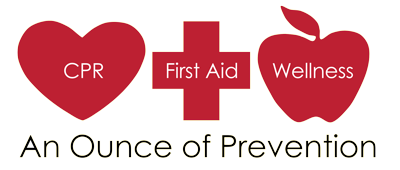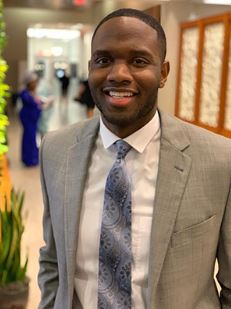THE STORY
At the age of 25, Anezi Uzendu, MD suffered his own cardiac arrest while playing basket ball. In his own words, “due to prompt defibrillation, timely cardiopulmonary resuscitation, excellent in-hospital care, and countless prayers, I once again have the opportunity to pursue my dreams.”
Below is part of the transcript of an interview with Cyrus Webb of CONVERSATIONS LIVE with Cyrus Webb. Cyrus interviewed Dr. Uzendu about a bipartisan bill called The Access to AED’s Act. The act directs the Secretary of Health and Human Services to award grants to elementary and secondary schools so that they can have access to Onsite AED’s and receive life saving CPR training.
An Interview with Dr. Anezi Uzendu, interviewed by Cyrus Webb
Webb : Why is it important to know cpr? With everything that is happening in the world right now of course Cardiac Arrest is one of the things we hear a lot about why is it important to know CPR
Dr. Uzendu: Simply put, CPR saves lives. Cardiac arrest is a sudden cessation of the heart function, the heart stops beating. What CPR cardiopulmonary resuscitation does is, you act as that person’s heartbeat and you manually press on the chest to eject blood out to the rest of the body and that blood can then circulate to the brain and all the organs that need oxygenated blood to survive.
When a cardiac arrest occurs that heart stops beating. We know that if you don’t perform CPR right away, that survival is very very low.
Most people that have cardiac arrest less than 10% of them actually survive. It is so important to perform CPR to become that person’s heartbeat and circulate blood to all their vital organs.
If a defibrillator an automated external defibrillator AED is available as well then using that to jump start that person’s heart, can potentially shock that heart back into rhythm is important to help save lives.
Webb : You just brought up something that’s important for the audience and that is about AED’s so I mentioned the access to AED’s ACT what exactly is that and how can it help in the savings of lives?
Dr. Uzendu: The access to AED’s Act ensures that our schools are safe. It is a bill that is going through Congress right now. It will create grant programs that will provide funding for CPR education for schools to our students.
It would also provide for schools to purchase AED’s and to maintain them. Also it would allow schools to create a cardiac arrest emergency response plan so that in the event that a student or staff members suffers a cardiac arrest the school is able and equipped to be able to help save a life.
Webb : I wanted to ask you how we can help in increasing access to Emergency Equipment especially when it comes to schools?
Dr. Uzendu: We have a number to text, the number is 46839. If you text AED to 46839 you will be joining the American Heart Association (AHA) in supporting this lifesaving legislation as it goes through Congress.
Webb : Dr Uzendu I want to say I appreciate you taking this time to be able to share this with our audience and this is something that’s near and dear and personal for you and I know it is for so many of our audience members. Where can they go for more information?
Dr. Uzendu: They can go to heart.org which is the American Heart association’s website. There they can follow links to learn about Hands only CPR so that they themselves can be equipped to perform CPR if necessary. I think it’s important for every family to learn CPR .
Dr. Uzendu is correct, when someone collapses to the floor and stops breathing or is agonal breathing the person giving chest compresses has become the heartbeat for that person and is circulating blood for the patient. It is crucial for every family to learn CPR. Hands only CPR is a great entry point to learning about CPR, however there is no substitute for an in person class where you can practice with a manikin.
*Agonal breathing is when someone is gasping for air but is not getting oxygen to the brain. This person will be unconscious and cyanotic.
*Cyanotic is a bluish color to the skin as a result of inadequate oxygenation and circulation of blood.


 Listen to the full interview here
Listen to the full interview here